It was
as early as a decade ago that
Ferrari would have baulked at the prospect of
producing a practical four-door saloon-bodied car, let alone an SUV. However,
it was only a matter of time — and management changes in more recent years —
before the luxury car buying public’s insatiable appetite for high-riding and
heavy four-wheel-drive vehicles caught up with the much storied traditional
Italian maker of race, super, sports, and grand touring cars.
اضافة اعلان
 High ride, high performance
High ride, high performance
The recent unveiling of the much-anticipated production-ready Purosangue
was met with equal parts excitement and apprehension by Ferrari fans.
Production of the
Purosangue, referred to as a “four door four seater” rather
than an SUV by Ferrari, is set to start this year with deliveries due by 2023.
Although an unpopular proposition to some “prancing horse” purists, the
Purosangue is nevertheless expected to become Ferrari’s biggest seller, similar
to the Urus SUV is to arch-rival Lamborghini.

The Purosangue’s
provenance is immediately recognizable and is not the radical design departure
dreaded by naysayers. It features a jutting nose, bisected headlights, a
lasciviously long and contoured bonnet, enormous staggered wheels,
sophisticated airflow management, and an athletically broad rearwards stance.
Pinched in at the waist and incorporating pronounced sills and shoulders, the
Purosangue’s body resembles a higher, longer relation to the Maranello
manufacturer’s recently retired grand touring GTC4 Lusso “shooting brake”
estate, albeit with additional doors.
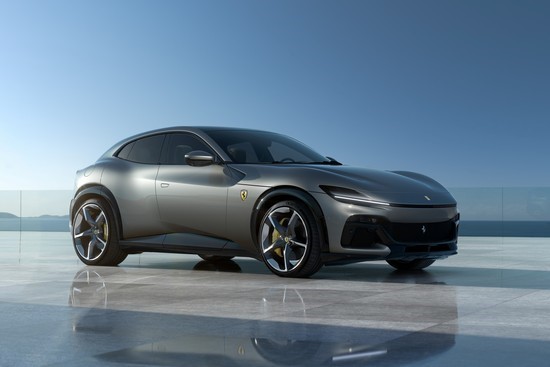
Mounted far back
under its bonnet for near-ideal within-wheelbase weighting, with a 51 percent
rear bias, the Purosangue’s prodigious naturally-aspirated 6.5-liter V12 engine
is a high-revving powerhouse producing 725HP at 7,750rpm and 716Nm at 6,250rpm.
Rocketing through 0–100km/h in just 3.3 seconds and dispatching 0–200km/h in
10.6 seconds, the Puroangue’s supercar stats also boast a 310km/h maximum. Redlining
at 8,250rpm, the Purosangue’s high-strung engine however promises plenty of
mid-range versatility, with 80 percent of torque available from just 2,100rpm.
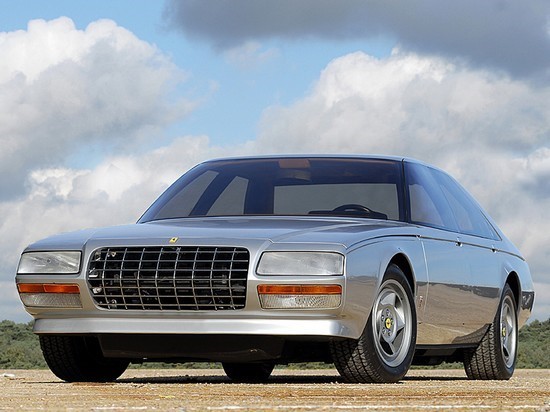 Four-door Ferrari
Four-door Ferrari
Primarily powering its rear wheels through a quick-shifting 8-speed
dual-clutch automated gearbox, the Purosangue’s front-mid engine architecture
allows for the use of Ferrari’s unique 4RM-S all-wheel-drive system, with the
front wheels being powered directly from the front of the engine crankshaft
through a separate transmission system. Activating when deemed necessary by
complex electronic driving dynamic management systems, the Purosangue’s front
wheels engage only below 200km/h to provide agility and road holding as needed.
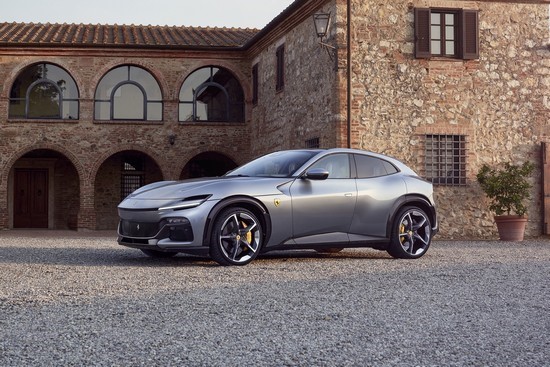
With an
electronic differential and torque vectoring system to dynamically manage its
abundant performance envelope and significant 2,033kg mass, the Puroangue also
employs four-wheel-steering to achieve both enhanced cornering agility and high
speed stability. Managed by sophisticated electronic wizardry, the Purosangue’s
mechanical arsenal meanwhile includes an active suspension system. Powered by a
48V motor, this system individually controls each wheel’s vertical position and
damper resistance to both improve cornering body control and ride comfort.
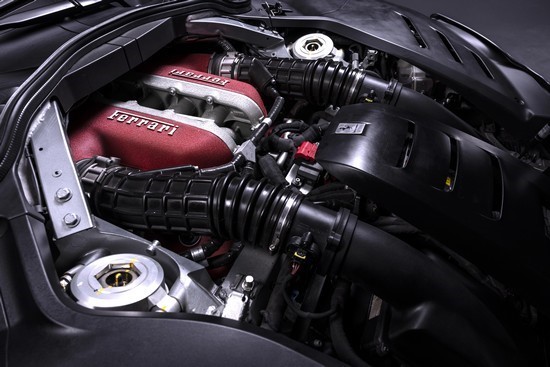
The Purosangue is
a practical high riding luxury high performance four-seater designed for the
road rather than SUV’s traditional off-road abilities. Its cabin is stylishly
sporty, with driver-focused front seats and is well-appointed with quality
materials, tech and equipment. Its boot meanwhile accommodates 473-litres of
luggage. Comfortably accommodating adults, the rear seats are accessed through
fully-fledged rear-hinged “suicide” doors, smaller than those of a Rolls Royce
Cullinan SUV, but larger than the half-doors of the Mazda RX-8 coupe.
Flashback: Ferrari
Pinin (1980)
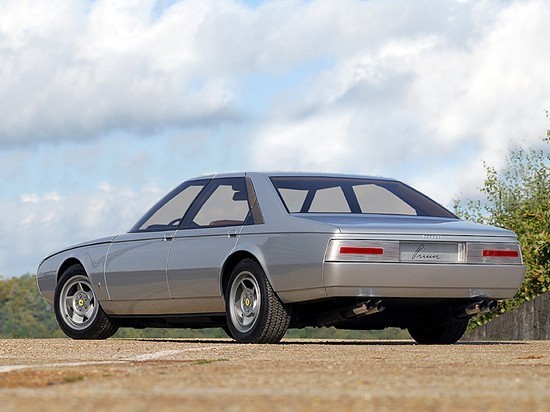
Prior to the Purosangue, the closest thing to a production four-door
Ferrari was the fifth generation Maserati Quattroporte, circa 2003. A
seductively sporty and luxurious saloon, it was developed during a period of
Ferrari ownership of Maserati, used a cross-plane version of Ferrari’s then V8
engine, and was built on a sports car-like front-mid engine, rear transaxle
gearbox platform. However, the first Ferrari four-door was the one-off road-going
Pinin concept, developed for design studio Pininfarina’s 50th anniversary in
1980.

A would-be rival
to large luxury sports saloons like the Maserati Quattroporte, Aston Martin
Lagonda, and Jaguar XJ, the Pinin was a long, wide and low-slung work of art,
based on the Ferrari 400GT grand tourer. With clean surfacing, big glasshouse,
angular roofline, big swept back headlights, and defined creaselines, the Pinin
had a distinctly purposeful but elegantly modern sense of clarity. Its
performance potential was hinted at by discretely protruding wheel-arches, low
front lip, and jutting quad tailpipes.
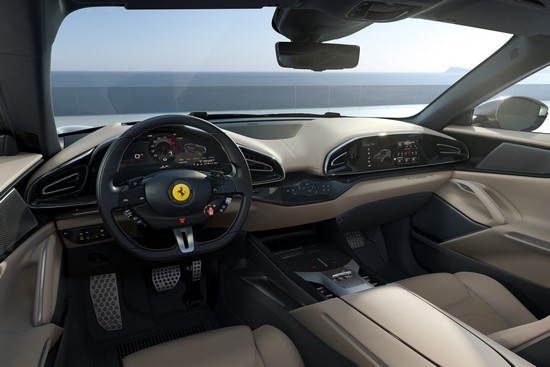
Riding on sophisticated double wishbone suspension, and
distinguished by its snouty shark-like “egg crate” grille design, the Pinin was
meanwhile powered by Ferrari’s quad-carburetor 4.9-liter horizontally-opposed
“boxer” 12-cylinder engine. Driving the rear wheels through a 5-speed manual
gearbox, the high revving and charismatic, the Pinin’ front-mounted “flat”
12-cylinder engine developed a then prodigious 365HP at 6,200rpm and 450Nm
torque at 4,600rpm. Now privately-owned, rather than part of Ferrari’s
collection, the Pinin’s performance figures, however, remain unspecified.
Read more Drive
Jordan News
Show Related News















